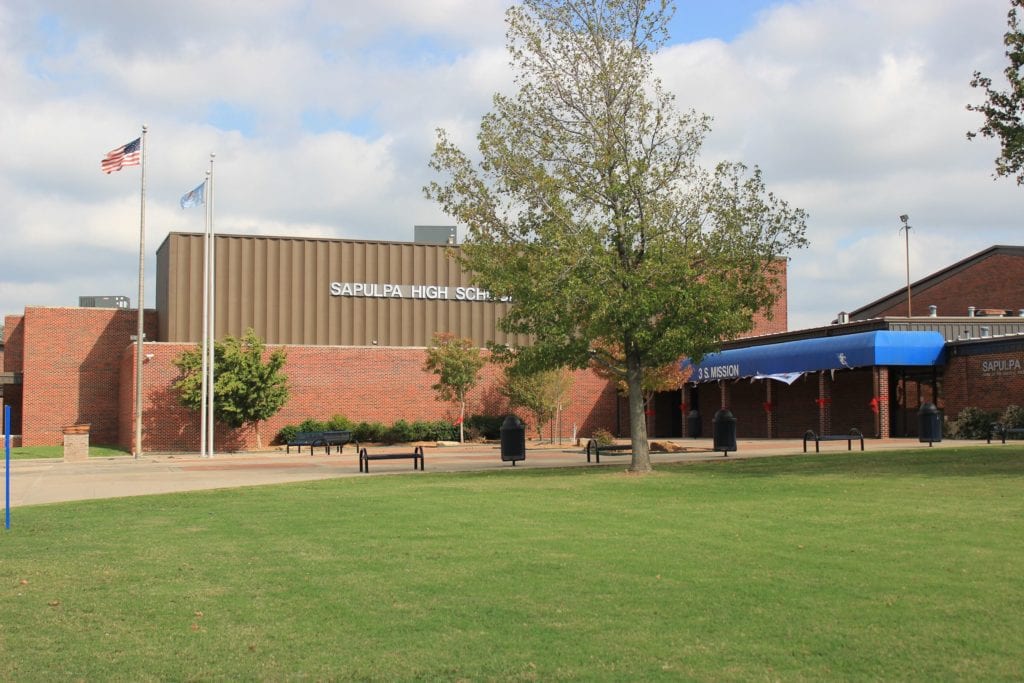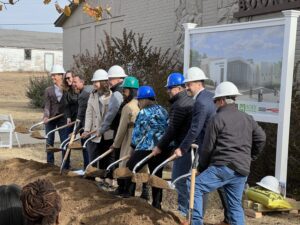OKLAHOMA CITY (March 23, 2020) – State Superintendent of Public Instruction Joy Hofmeister announced today that she will propose a Continuous Learning Plan to the State Board of Education this week to complete the school year for Oklahoma students without reopening school buildings during the global pandemic. While the education of schoolchildren will resume with distance learning, there will not be traditional, in-person instruction or extracurricular activities, instead following critical safety guidance from the Centers for Disease Control with regard to social distancing for students, staff and school families.
The Board will hold a special meeting on Wednesday, March 25. Board members will meet virtually.
In the course of a week, Hofmeister noted, the Oklahoma State Department of Education (OSDE) has secured federal waivers removing the burden of statewide assessments and permitting the delivery or curbside pick-up of nutritional meals for qualifying students for the remainder of the school year.
“Our districts have begun planning their alternative delivery methods to support student learning as they prepare to reconnect students with their teachers in adaptive ways,” she said.
“We are determined to support our Pre-K through high school students as well as English learners, special education students and those who need reinforced skills or additional enrichment. We recognize this reality will present challenges for many families and districts, but these are extraordinary times that call for extraordinary measures. This coordinated, swift and thoughtful action will help safeguard the health and well-being of our communities, students and professionals in public schools. We must do absolutely everything in our power to reduce transmission of coronavirus.”
Beginning April 6, districts will be expected to provide distance learning for the remainder of the school year. How that learning occurs, Hofmeister said, will vary widely according to the capacity and needs of districts and their communities. Districts would start once they have provided assurances to OSDE of a distance learning plan as well as special services for English learners and special education students.
“I have faith in the commitment, innovation and creativity of Oklahoma educators and administrators,” Hofmeister said. “Many districts across our state have utilized online instruction already and likely will be able to hit the ground running. Other districts have significant technology limitations, while some might opt for instructional materials delivered to students. There will be a wide range of approaches and it will be far from ideal, but necessary as we embrace these changes and even sacrifice to protect the public health of our communities.”
She said the OSDE will offer a panoply of resources and guidance for districts to pursue distance learning. In addition, the agency is exploring how federal assistance could bolster digital connectivity for some districts. OETA, Oklahoma’s educational public TV network, will also provide help. In partnership with OSDE, OETA will broadcast instructional daytime programming for the state’s PreK-12 students.
Hofmeister noted the top priority for districts should be ensuring that high school seniors who are on track to graduate this school year receive the help they need. The State Board is expected to ensure district boards of education fulfill graduation requirements but in such a way that students are not negatively impacted by the pandemic.
Moreover, the State Board is poised to take action on a host of waivers – ranging from school calendars to loosening current restrictions on funds – aimed at giving districts greater flexibility to respond to the needs of their students and communities.
Late last week, the U.S. Department of Education granted waivers allowing the state to suspend standardized testing and Oklahoma School Report Cards for the 2019-20 school year.










